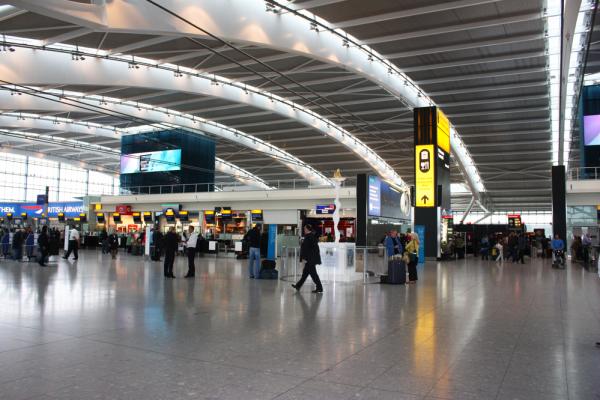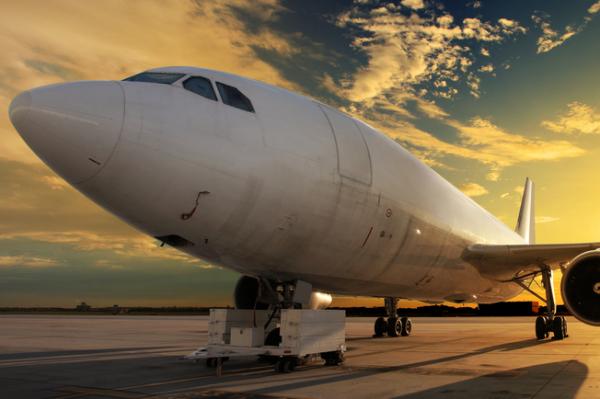When airports are disrupted by natural or man-made events, there is potential for many people to be delayed for hours, days or even weeks. Much of this disruption often occurs on the ground at airport terminals where travellers are inconvenienced and sometimes have to be moved off site or turned away. Examples are well known. The eruption of an Icelandic volcano in April 2010 caused flights across Europe to be cancelled for six days, stranding tens of thousands of people: the eruption was estimated to have cost airlines £130m a day. In May 2017 a data-centre outage grounded thousands of British Airways customers at a cost to the company of over £50m. The drone intrusion at Gatwick in late 2018 closed the runway there for 33 hours and lost the airport at least £15m in revenue, with some sources suggesting the final figure could be twice as high: around 1,000 flights were cancelled during the busiest week of the winter for outbound departures. Assuming EasyJet’s financial hit from this incident is mirrored proportionately by other airlines, the total damage to carriers is estimated to be between £35m and £40m. Insurance companies will also have faced significant claims. More recently, Manchester airport suffered an electrical power outage - 13,000 were affected.
Such examples illustrate that airport disruption affects a large community of travellers on the land-side, never mind the air-side. Airports have a large transient population, as well as being a micro-city of shops and restaurants. Any disruption can affect nearby service roads and rails, hotels, and even pharmacies which may be called to issue urgent medicines to delayed passengers. Hence, it is important that airport owners not only have good contingency plans and resources to manage sudden disruptions but also risk awareness processes to anticipate problems (horizon scan) and leadership/management to ensure value of service is maintained for resilience lasting more than the first few days.
Appropriately, Resilience First has been carrying out a project at a major London airport to identify common best practice and areas for improvement in adaptability and agility – the essence of resilience. This work is being pursued by benchmarking current practices and correlating outcomes to specific behaviours for long-term sustainability and success. Airports have begun to embrace the idea of community rather than operating as individual businesses with other businesses working alongside or around them. They have also made progress in resilience (above business continuity) and have realised that resilience can be tested in different ways: one incident involved the failure of a system that had not failed for 27 years. The output from the project will be available at the end of May.
In anticipation, Resilience First is pleased to host Dame Deidre Hutton, Chair of the CAA, and Air Vice-Marshal Ian Duguid OBE, Air Office Commanding 11 Group RAF, at a private dinner on 4 June. These high-level speakers will be addressing the leadership needed to make airports and airfields resilient, and how the public and private sectors approach the problems facing our key air hubs. A report on the event will appear in the next edition of the Resilience First newsletter.


